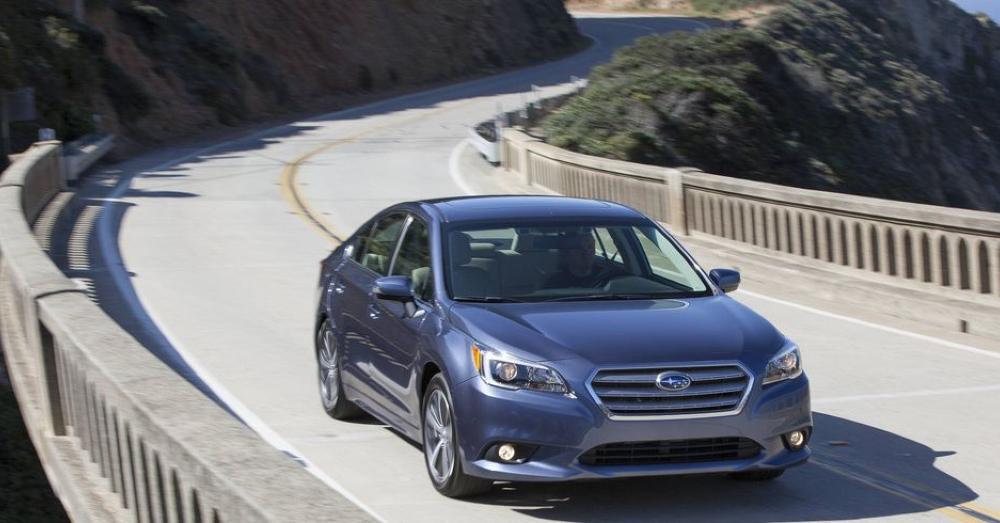As vehicles become more sophisticated, so too do their safety features. The introduction of Advanced Driver-Assistance Systems (ADAS) has reshaped the automotive industry, promising to improve driver safety and potentially reduce the frequency of visits to collision centers. But how effective are these technologies in practice? Let’s take a closer look.
Understanding Advanced Safety Systems
Advanced safety systems refer to a collection of technological innovations designed to increase the safety of the vehicle by preventing accidents before they occur. Common features include:
- Adaptive cruise control
- Automatic emergency braking
- Blind spot detection
- Collision warning
- Forward and rear collision warning
- Lane departure warning
- Pedestrian detection system
- Road sign recognition
These systems use sensors and cameras to monitor road conditions and the vehicle’s surroundings, providing real-time alerts to drivers and, in some cases, taking action autonomously to avoid potential hazards. For example, emergency braking can warn you when a collision is imminent and can even apply the brakes on your behalf.
The Effectiveness of Safety Features
Studies indicate that vehicles equipped with advanced safety systems may experience lower accident rates compared to those without. For instance, vehicles with blind-spot monitoring have shown a 14% lower crash involvement rate. This suggests that such features can significantly enhance road safety, leading to fewer instances requiring the services of collision centers.
A broader use of these technologies could lead to substantial societal cost savings in terms of reduced crash-related expenses. Research estimates that if these technologies were universally adopted, they could prevent a large proportion of traffic accidents.
Considerations for Vehicle Owners
While the benefits of ADAS are clear in terms of safety and potential reductions in visits to collision centers, these systems come with their own set of challenges, primarily related to cost. The initial purchase price of vehicles equipped with ADAS can be higher, and the repair costs following an accident can also be more expensive. This is due to the complexity of the systems involved, which may require specialized servicing and calibration post-repair, impacting overall collision repair costs.
Insurance Implications and Avoiding Collision Centers
Insurance companies are still assessing the long-term benefits of ADAS in terms of risk reduction and claim frequency. While the upfront costs of these systems might lead to higher insurance premiums, the potential reduction in accident rates and severity could eventually offset these costs. Insurance providers may start to offer discounts for vehicles equipped with advanced safety systems as more data becomes available to support their effectiveness.
Choosing a Vehicle with Advanced Safety Systems
Evaluating the available safety features is huge for those considering a new vehicle. While the cost may be higher, the investment in advanced safety technology can provide peace of mind.
While advanced safety systems represent an advancement in automotive safety, they also bring new considerations for costs and maintenance. Vehicle owners and buyers should weigh these factors carefully, considering both the safety benefits and the financial implications.



